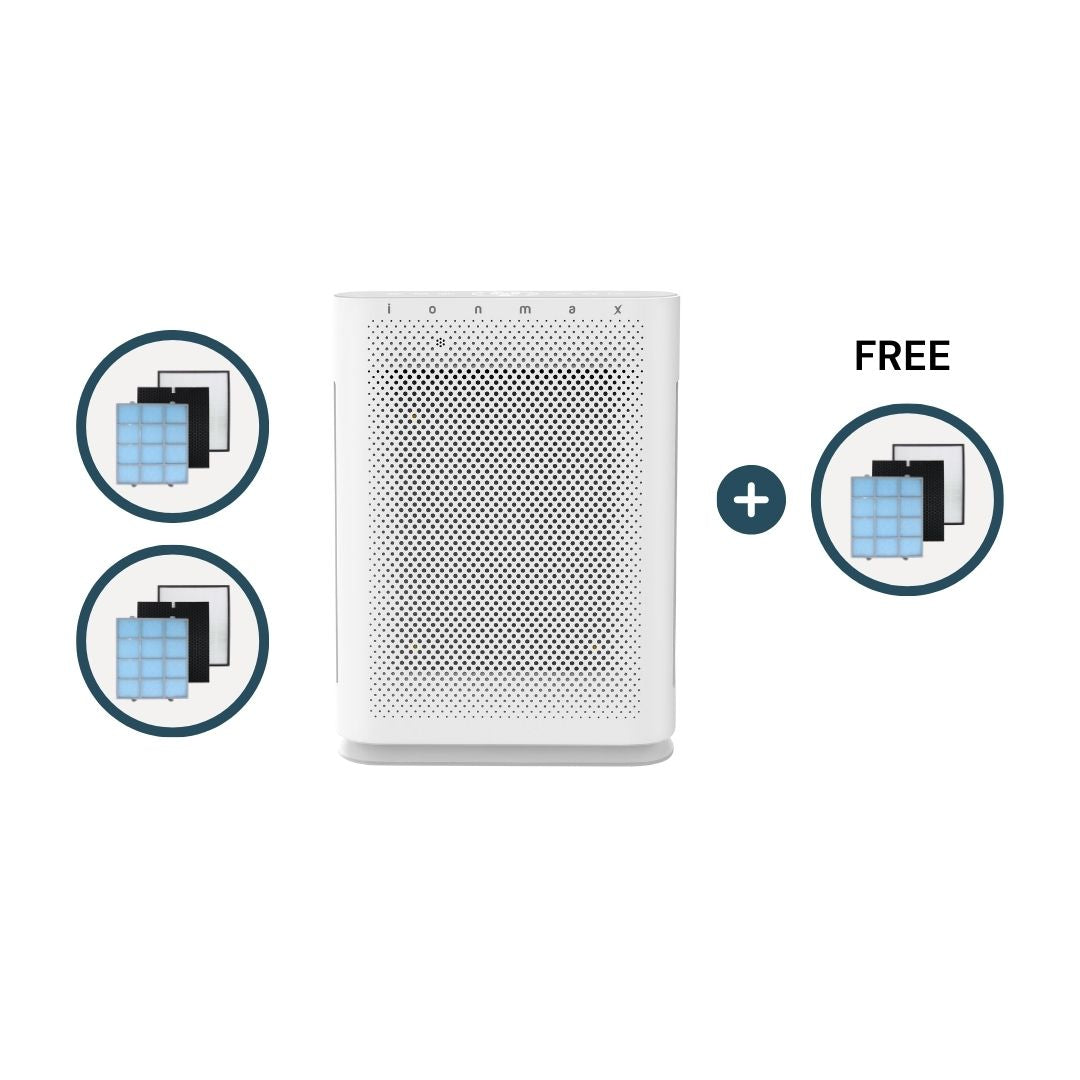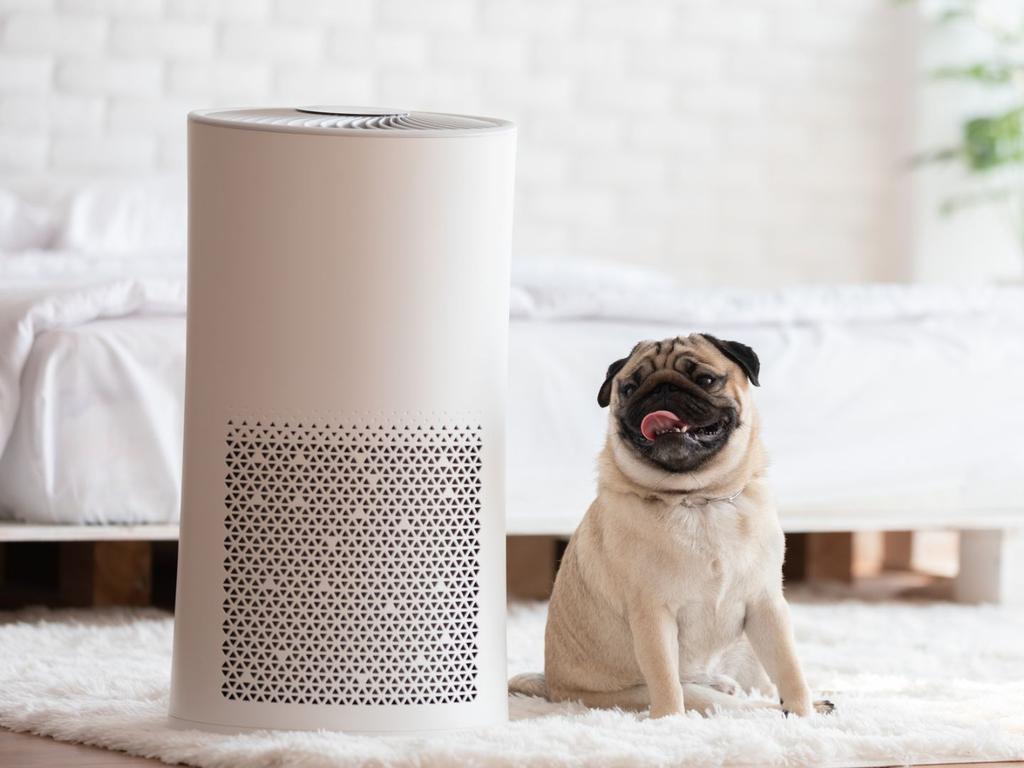Featured
Table of Contents
- – Comprehending Mold and Its Health Effects
- – Can Air Purifiers Help In Reducing Mold And M...
- – The Scientific Research Behind Air Purifiers ...
- – Are Air Purifiers Right for You When Fighting...
- – A Multi-Pronged Strategy to Overcoming Mold A...
- – Living Mold-Free: Beyond Air Purifiers
- – When to Call in the Specialists
- – Verdict: A Breath of Fresh Air and a Mold-Fre...

Mold development in your home can be a real issue. Not only does it create unattractive black spots and musty smells, but it can additionally cause allergy signs and symptoms and breathing problems. Air purifiers are typically recommended as an option, encouraging cleaner air and lowered exposure to mold and mildew spores. Are air purifiers truly worth it in the fight against mold and mildew? This detailed guide checks out the scientific research behind mold and mildew, the duty of air purifiers, and the variables to think about when deciding.
Comprehending Mold and Its Health Effects
Prior to delving into air cleansers, let's clarify mold and its prospective wellness risks:
- Mold And Mildew Basics: Mold and mildew is a fungi that flourishes in moist settings. It reproduces by releasing spores into the air, which can be breathed in and create numerous illness.
- Wellness Concerns: Exposure to mold and mildew spores can trigger allergic reaction signs and symptoms like sneezing, coughing, itchy eyes, and a dripping nose. Sometimes, mold exposure can also lead to breathing infections and worsen existing respiratory system conditions like asthma.
- Mold Doesn't Discriminate: While some people are extra delicate to mold and mildew than others, anybody can experience health issue from extended direct exposure.
Can Air Purifiers Help In Reducing Mold And Mildew?
Air purifiers can contribute in taking care of mold and mildew, however it is very important to recognize their constraints:

- Capturing Spores: Air cleansers with HEPA filters can effectively record mold spores distributing airborne. This can help in reducing direct exposure and potentially minimize allergic reaction signs and symptoms.
- Restricted Impact on Resource: Air cleansers don't eliminate the source of the mold problem. Mold remediation is critical to attend to the origin and protect against additional development.
- Moisture Control is Trick: Mold thrives in moist atmospheres. Air cleansers don't resolve dampness concerns. Without dealing with the underlying dampness trouble, mold and mildew will likely return.
The Scientific Research Behind Air Purifiers and Mold And Mildew
While air cleansers can't remove mold itself, some study suggests they can be a valuable device in taking care of mold direct exposure:
- A 2012 research study published in the journal "Building and Setting" found that air cleansers with HEPA filters significantly minimized air-borne mold and mildew spore concentrations in an examination setting.
- A 2015 testimonial released in the journal "Existing Allergic reaction and Bronchial asthma Reports" concluded that air cleansers, along with other mold and mildew remediation strategies, can be helpful in lowering mold-related signs in allergic individuals.
Nonetheless, it is necessary to note some restrictions:
- HEPA Filter Effectiveness: HEPA filters are not 100% efficient at capturing all mold and mildew spores, specifically extremely tiny ones.
- Filter Maintenance: On a regular basis replacing HEPA filters according to the producer's directions is essential for preserving ideal efficiency. Clogged up filters lose effectiveness.
Are Air Purifiers Right for You When Fighting Mold? Elements to Consider
Right here are some essential variables to take into consideration when determining if an air purifier deserves it for your mold and mildew circumstance:
- Intensity of Mold Development: For tiny mold patches, resolving the moisture resource and removing the mold could be enough. Air cleansers might be much less essential. For extensive mold and mildew growth, an air purifier can be a valuable enhancement to your remediation method.
- Health Worries: If you experience allergic reaction signs and symptoms or respiratory issues believed to be mold-related, an air purifier can supply some alleviation and improve interior air top quality.
- Addressing the Source: Remember, air cleansers are not a replacement for proper mold remediation. Recognizing and attending to the resource of wetness that's creating the mold growth is necessary for a long-lasting solution.
A Multi-Pronged Strategy to Overcoming Mold And Mildew
While air cleansers can be a valuable device, a thorough strategy is key to winning the fight versus mold and mildew:
- Moisture Control: One of the most vital step is to recognize and attend to the source of dampness that's permitting mold and mildew to grow. This could involve repairing dripping pipelines, improving air flow in bathrooms and kitchens, or attending to condensation issues.
- Mold Removal: Professionals recommend expert mold remediation for extensive mold development. They have the experience and devices to safely get rid of mold and mildew and prevent additional spread. For small mold patches, you could be able to handle elimination yourself, adhering to security guidelines.
- HEPA-Filtered Vacuuming: After mold remediation, HEPA-filtered vacuuming can aid eliminate remaining mold and mildew spores from surfaces.
- Air Purifier Assimilation: Once the source of the mold and mildew is attended to and the mold and mildew itself is removed, an air purifier can be a useful device to capture continuing to be airborne spores and improve indoor air top quality.
Living Mold-Free: Beyond Air Purifiers
Here are some extra pointers to promote a mold-free atmosphere:
- Maintain Low Indoor Humidity: Go for a moisture level between 30% and 50% utilizing a dehumidifier in damp climates. This helps protect against mold growth.
- Boost Ventilation: Boost air blood circulation in your house by opening windows on a regular basis and utilizing exhaust fans in washrooms and kitchens.
- Tidy and Dry Damp Surfaces: Promptly clean and dry any kind of moist surface areas, such as spills or condensation, to stop mold and mildew from taking root.
- Regularly Check Prone Areas: Pay attention to locations vulnerable to mold growth, like washrooms, cellars, and attics. Regularly evaluate for signs of mold and address wetness issues immediately.
- Consider Mold-Resistant Products: When restoring or changing building products, think about making use of mold-resistant choices, specifically in moisture-prone locations.
When to Call in the Specialists
While some mold remediation jobs can be tackled on your very own for tiny mold spots, there are scenarios where specialist aid is essential:
- Considerable Mold Development: If you discover a big area of mold and mildew development, specifically if it covers more than 10 square feet, it's ideal to employ a professional mold and mildew removal company. They have the expertise and equipment to securely remove the mold and mildew and avoid more spread.
- Wellness Concerns: If you or your member of the family experience relentless respiratory system troubles or allergic reaction signs and symptoms thought to be mold-related, getting in touch with a healthcare professional and a mold removal professional is suggested.
- Concealed Mold and mildew: If you think mold development behind walls or in crawlspaces, expert aid is essential to situate and eliminate the mold securely and effectively.
Verdict: A Breath of Fresh Air and a Mold-Free Home
Mold and mildew development in your home can be a worrying concern, however with the ideal method, you can win the fight and produce a much healthier living environment. While air purifiers can be a handy device in handling mold and mildew direct exposure, remember they are not a standalone remedy. By dealing with the resource of dampness, executing correct mold remediation techniques, and integrating preventative measures, you can take a breath easier in a mold-free home.
Additional Factors To Consider:
- Air Top Quality Testing: For extreme mold troubles or if you have health and wellness issues, consider expert air quality testing to assess mold and mildew spore levels and guide your removal initiatives.
- Long-Term Monitoring: After successful mold removal, it's important to monitor your home for indicators of reappearance, particularly in areas previously vulnerable to mold and mildew development.
By taking a positive technique and combining these techniques, you can create a healthy and mold-free atmosphere for yourself and your family members.
Table of Contents
- – Comprehending Mold and Its Health Effects
- – Can Air Purifiers Help In Reducing Mold And M...
- – The Scientific Research Behind Air Purifiers ...
- – Are Air Purifiers Right for You When Fighting...
- – A Multi-Pronged Strategy to Overcoming Mold A...
- – Living Mold-Free: Beyond Air Purifiers
- – When to Call in the Specialists
- – Verdict: A Breath of Fresh Air and a Mold-Fre...
Latest Posts
Understanding the Shift: Why Pymble is Phasing Out Gas
Are Air Purifiers Well Worth It for Allergies? Breathing Easier with Science-Backed Solutions
Battling the Mold Menace: Are Air Purifiers Worth It?
More
Latest Posts
Understanding the Shift: Why Pymble is Phasing Out Gas
Are Air Purifiers Well Worth It for Allergies? Breathing Easier with Science-Backed Solutions
Battling the Mold Menace: Are Air Purifiers Worth It?